UNIT 1: Definition of computer hardware
1. WHAT IS COMPUTER HARDWARE?
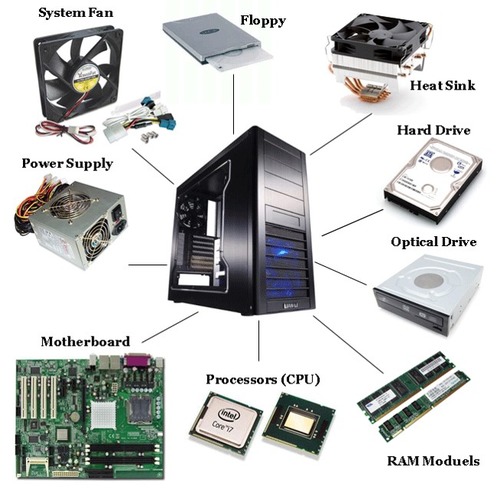
- Computer hardware is a collective term used to describe any of the physical components of a digital computer. The term distinguishes the tangible aspects of a computing device from software, which consists of written, machine-readable instructions or programs that tell physical components what to do and when to execute the instructions.
Hardware and software are complementary. A computing device can function efficiently and produce useful output only when both hardware and software work together appropriately.
Computer hardware can be categorized as being either internal or external components.
INTERNAL AND EXTERNAL HARDWARE COMPONENTS.
- Generally, internal hardware components are those necessary for the proper functioning of the computer, while external hardware components are attached to the computer to add or enhance functionality
2. INTERNAL COMPUTER HARDWARE COMPONENTS
Internal components collectively process or store the instructions delivered by the program or operating system (OS). These include the following:
- Motherboard. This is a printed circuit board that holds the central processing unit and other essential internal hardware and functions as the central hub that all other hardware components run through.
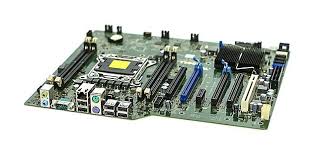
- CPU. The CPU is the brain of the computer that processes and executes digital instructions from various programs.
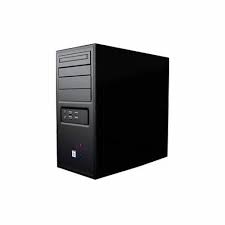
- RAM. RAM is temporary memory storage that makes information immediately accessible to programs; RAM is volatile memory, so stored data is cleared when the computer powers off.
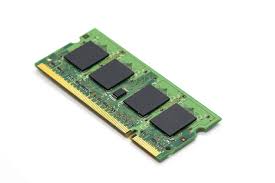
- Hard drive. Hard disk drives are physical storage devices that store both permanent and temporary data in different formats, including programs, photos, and so forth.
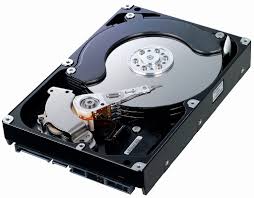
- Optical drive. Optical drives enable the computer to read and interact with nonmagnetic external media, such as read-only memory or digital video discs.
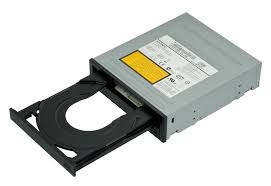
- Graphics processing unit. It is a chip-based device that processes graphical data and often functions as an extension to the main CPU.
- However, other computing components, such as USB ports and power supplies, are also types of internal hardware.
3. EXTERNAL COMPUTER HARDWARE COMPONENTS
External hardware components, also called peripheral components, are those items that are externally connected to the computer to control either input or output functions. These hardware devices are designed to either provide instructions to the software or provide results from its execution.
COMMON INPUT HARDWARE COMPONENTS INCLUDE THE FOLLOWING:
A. Mouse. A mouse is a hand-held pointing device that moves a cursor around a computer screen and enables interaction with objects on the screen. It may be wired or wireless.

B. Keyboard. A keyboard is an input device featuring a standard QWERTY keyset that enables users to input text, numbers, or special characters.
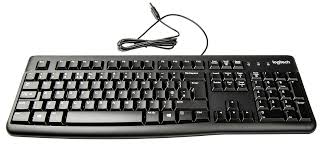
C. Touchpad. A touchpad is an input device, external or built into a laptop, used to control the pointer on a display screen. It is typically an alternative to an external mouse.

D. USB flash drive. A USB flash drive is an external, removable storage device that uses flash memory and interfaces with a computer through a USB port.
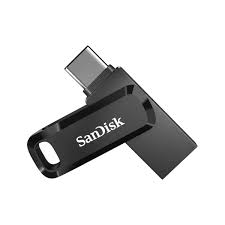
EXAMPLES OF OUTPUT HARDWARE COMPONENTS INCLUDE THE FOLLOWING:
- Monitor. A monitor is an output device similar to a TV screen that displays information, documents, or images generated by the computing device.
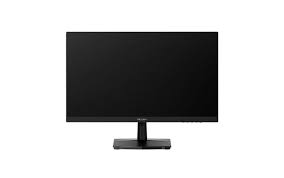
- Printer. Printers render electronic data from a computer into printed material.
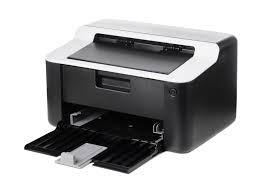
- Speaker. A speaker is an external audio output device that connects to a computer to generate a sound output.
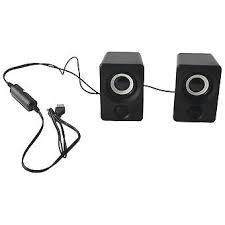
YOUTUBE VIDEO ON COMPUTER HARDWARE
https://www.techtarget.com/searchnetworking/definition/hardware
https://dspmuranchi.ac.in/pdf/Blog/HW%20Components%20of%20a%20Computer.pdf